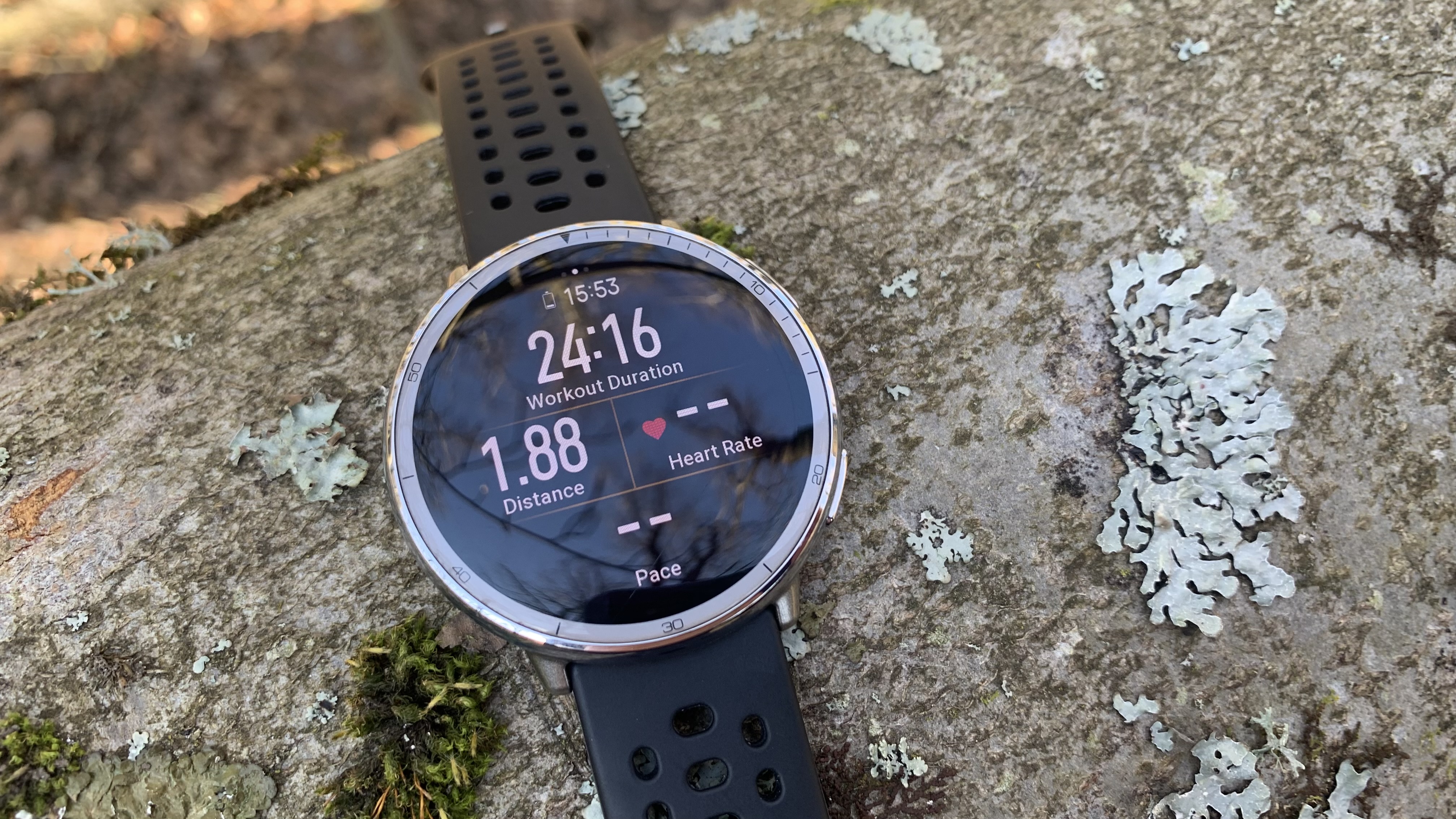Do you wear socks with climbing shoes?
For anyone asking that age old question – do you wear socks with climbing shoes? – we set out to settle the debate once and for all
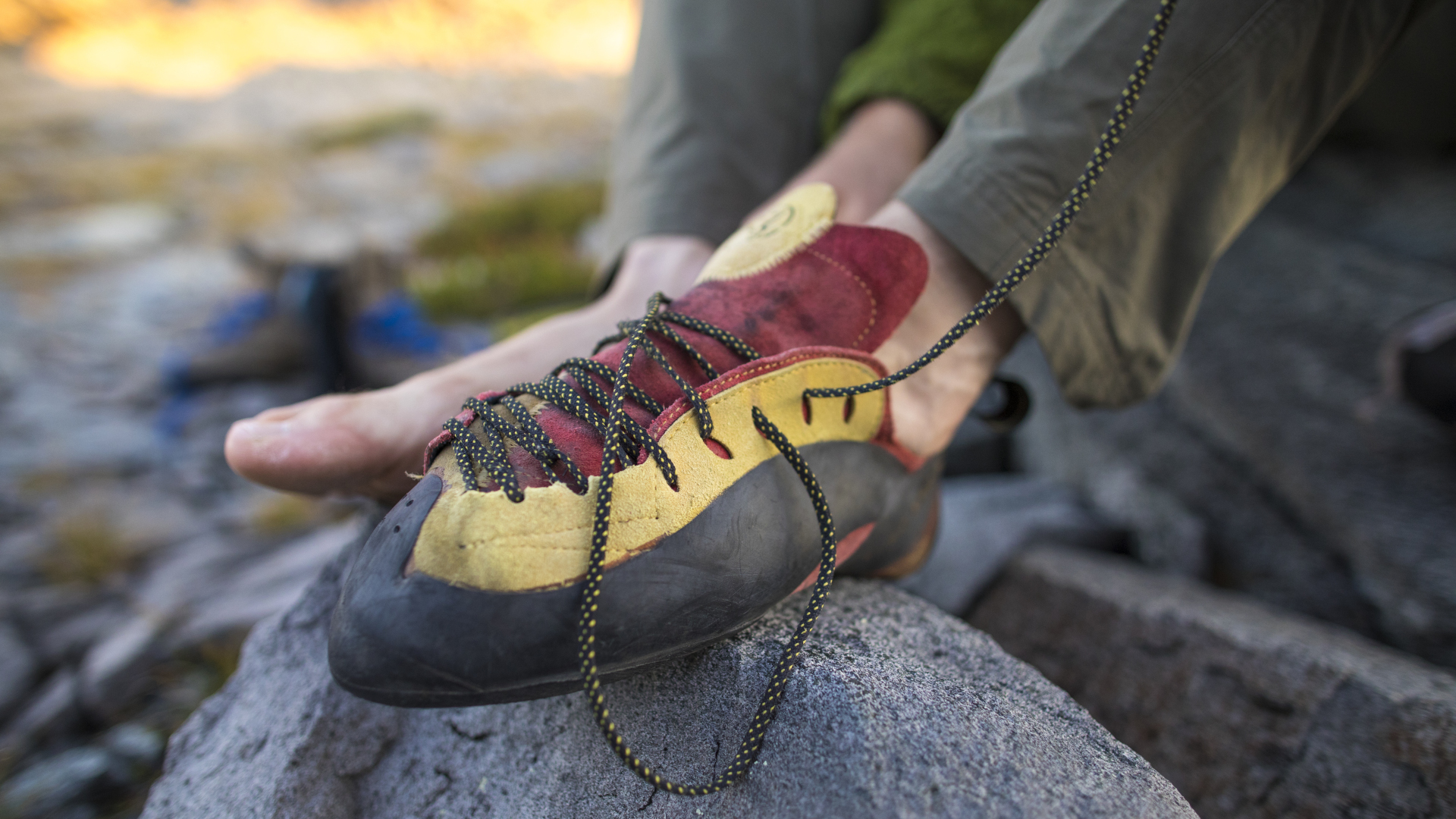
If you’ve recently got into rock climbing and picked yourself out a pair of tightly fitting shoes that rather resemble a rubber ballet shoe, you may be asking yourself a very fair question: do you wear socks with climbing shoes?
With the advent of specialised climbing shoes – early climbers just wore their hiking boots on the crag – sockless climbers have become an increasingly common sight. But while it’s true that most climbing shoes today are designed with the assumption that you won’t be wearing them with socks, is it necessary to go without socks once you become a climber? Required, even? We set out to settle this debate for once and for all.
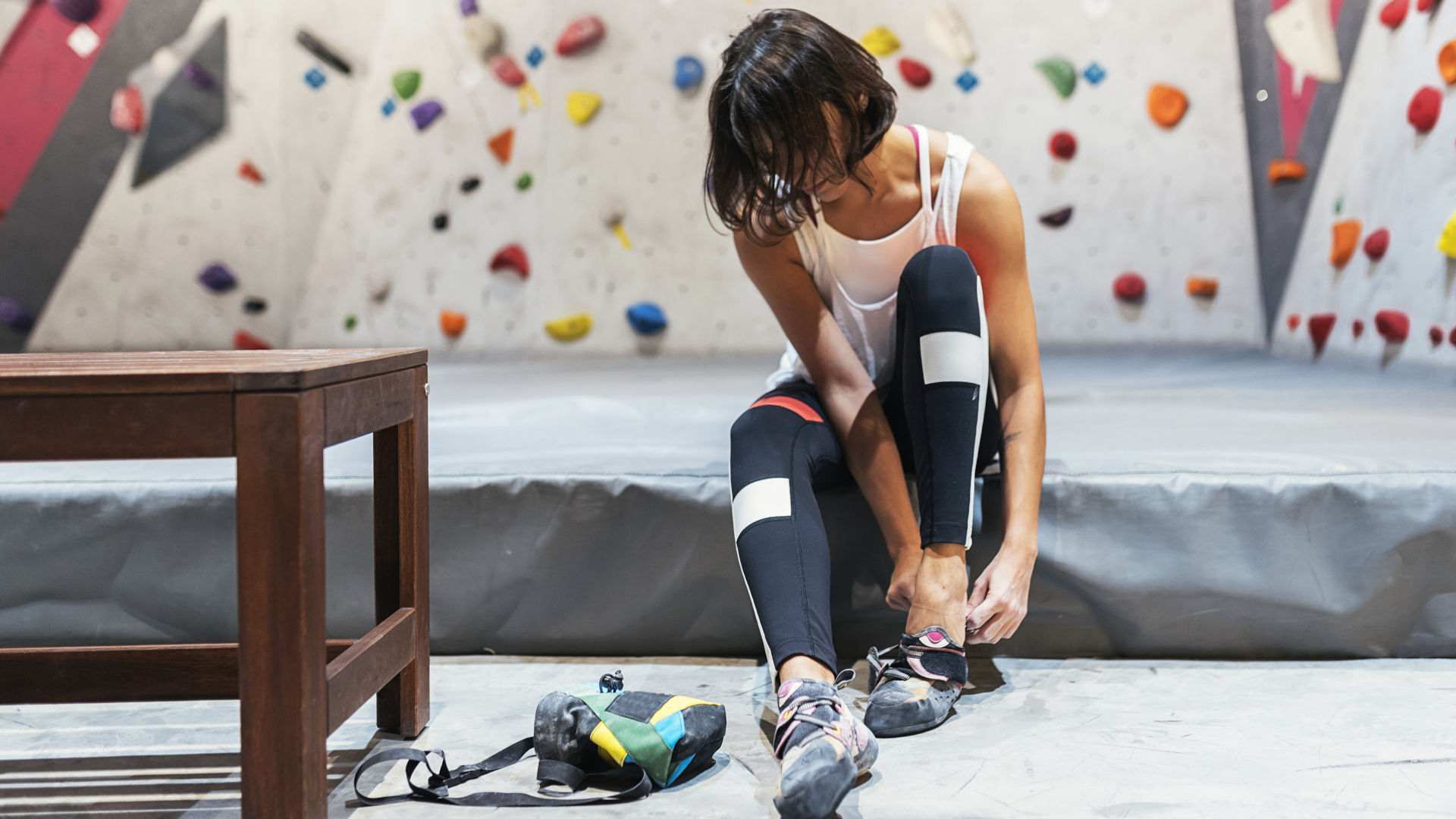
Comfort on the crag
One big argument for wearing socks with climbing shoes is for comfort. By nature, climbing shoes are designed to fit snugly and aren’t very comfortable, often leaving you with uncomfortable rubbing or even blisters. A thin pair of socks, or even liner socks, will definitely help in this regard, providing a little protection from your shoe.
Sensitivity improves skill
A common argument against wearing socks with climbing shoes is that doing so affects the sensitivity of your feet, which you need to feel the toe holds. While it’s true that a thick pair of socks will interfere with your ability to feel the rock, a thin pair of socks won’t make much difference, especially when you’re just starting out and not climbing on particularly advanced routes.
Where socks can negatively impact your climbing technique, however, is performing moves like heel hooks, where your foot is more likely to slip with a sock than it is without, and that’s just frustrating.
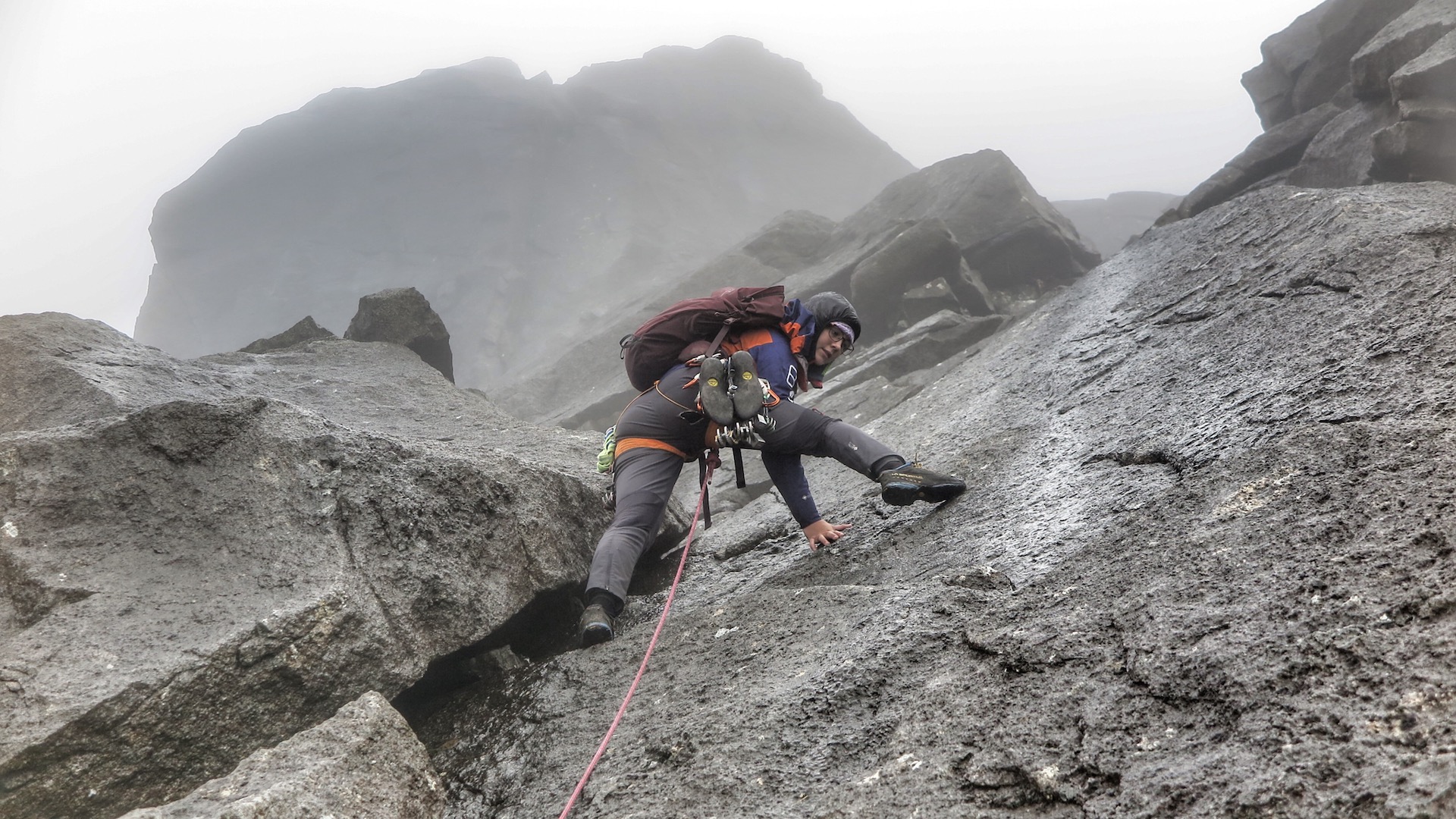
Protection from cracks and cold
In addition to protecting you from shoe rub, socks could protect your ankles when you’re crack climbing outdoors and jamming your foot into a narrow crevasse. If you slip, wearing socks might save you a few layers of skin which is always helpful.
Also, climbing shoes don’t provide a lot of warmth, so socks when you’re climbing in cooler temps (or have poor circulation) might provide a little welcome insulation – climbing with numb toes won’t get you very far after all.
Advnture Newsletter
All the latest inspiration, tips and guides to help you plan your next Advnture!
Needless to say, if you’re indoor climbing, none of this applies.
The stink factor
A big argument for wearing socks with climbing shoes is to keep your shoes from getting so stinky. Climbing shoes are known for being stinky, but only because most people wear them without socks. You can solve this problem by letting your socks soak up your sweat and keeping your shoes more tolerable. This will make them last longer, which is better for the environment as well as whoever you live with.
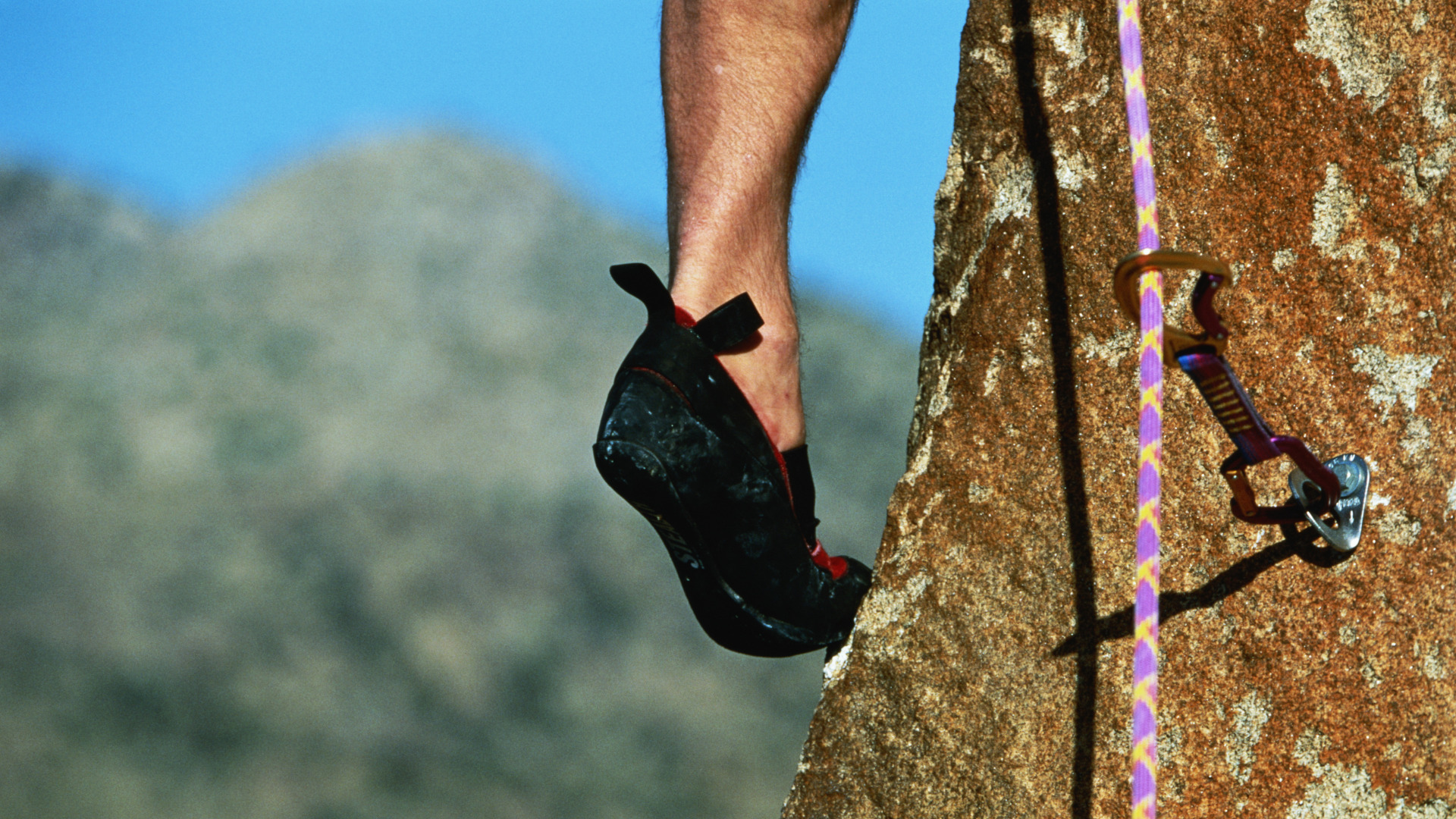
Easy on, easy off
Climbing shoes are notoriously difficult to get on and off, and if your feet swell in the heat or get very sweaty, this only becomes more challenging. Wearing a thin pair of socks will help you slip your shoes on and off more easily, which – if you plan to do it a lot – makes a good case for wearing them.
Do you wear socks with climbing shoes? Verdict
Ultimately, you don’t need to wear socks with climbing shoes, but if you’d feel more comfortable doing so, there are lots of compelling reasons to support your choice. And besides, climbers aren’t exactly known for their conventionality, so best to just do what works for you.
Julia Clarke is a staff writer for Advnture.com and the author of the book Restorative Yoga for Beginners. She loves to explore mountains on foot, bike, skis and belay and then recover on the the yoga mat. Julia graduated with a degree in journalism in 2004 and spent eight years working as a radio presenter in Kansas City, Vermont, Boston and New York City before discovering the joys of the Rocky Mountains. She then detoured west to Colorado and enjoyed 11 years teaching yoga in Vail before returning to her hometown of Glasgow, Scotland in 2020 to focus on family and writing.

